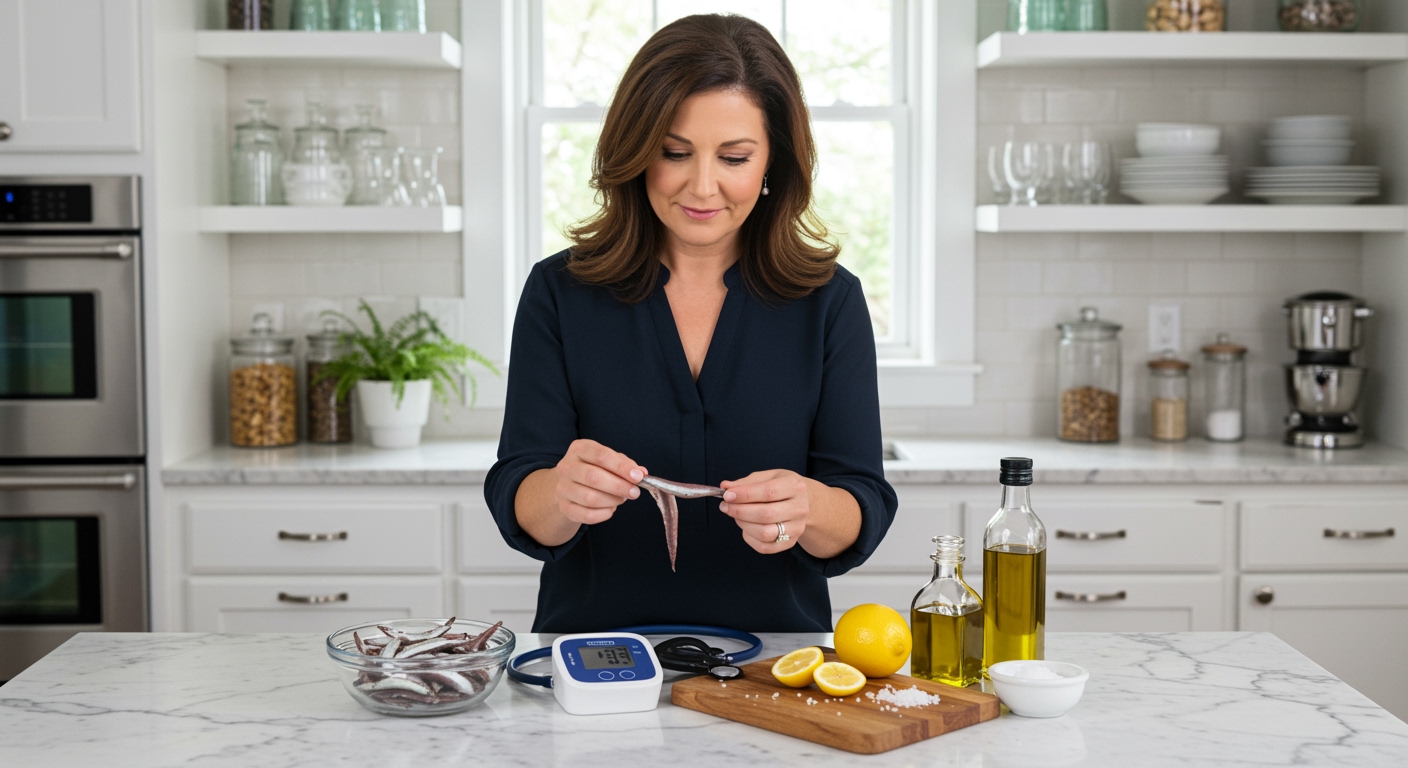✪ Key Takeaway: Lean pork cuts can help stabilize blood pressure when part of a balanced diet low in sodium and processed foods.
Introduction
Your doctor just told you to watch your blood pressure, and now you are staring at that pork chop wondering if it will send your numbers through the roof.
You might be asking this question because you love pork but worry it will worsen your blood pressure, or maybe someone told you that all red meat is bad for your heart health.
Hi, I am Abdur, your nutrition coach, and today I am going to explain how pork affects your blood pressure and whether it can actually help stabilize your numbers.
What Does Research Say About Pork and Blood Pressure?
Recent studies show that lean pork can be part of a blood pressure-friendly diet when prepared correctly.
A groundbreaking study from Purdue University found that people following the DASH diet could substitute lean pork for chicken or fish without raising their blood pressure levels.
The key word here is lean, which means cuts like pork tenderloin, center-cut pork chops, and pork loin that contain less saturated fat.
These lean cuts provide high-quality protein that helps your body maintain healthy blood vessel function and muscle mass.
The protein in pork contains all essential amino acids your body needs to produce nitric oxide, a compound that helps blood vessels relax and maintain normal pressure.
However, the preparation method makes all the difference between helping or harming your blood pressure goals.
✪ Fact: Lean pork tenderloin contains less saturated fat than skinless chicken thigh.
Which Types of Pork Help vs Hurt Blood Pressure?
Not all pork products are created equal when it comes to your cardiovascular health.
Fresh lean cuts like tenderloin, center-cut chops, and sirloin roast contain minimal sodium and provide beneficial nutrients like potassium and magnesium.
These minerals work together to help your kidneys regulate fluid balance and maintain healthy blood pressure levels.
On the flip side, processed pork products like bacon, ham, sausages, and deli meats are loaded with sodium and preservatives that can spike your blood pressure.
These processed meats often contain more than 500 milligrams of sodium per serving, which is about one-third of your daily limit if you have high blood pressure.
The nitrates and nitrites used to preserve these meats can also interfere with your blood vessels ability to relax properly.
Choose fresh pork over processed versions, and your blood pressure will thank you for making this simple switch.
✪ Pro Tip: Read labels carefully because some fresh pork is injected with sodium solutions during processing.
How Should You Prepare Pork for Blood Pressure Benefits?
The cooking method you choose can make pork either helpful or harmful for your blood pressure management.
Grilling, baking, roasting, or broiling allows excess fat to drip away while preserving the beneficial nutrients that support healthy circulation.
Season your pork with herbs, spices, garlic, and lemon juice instead of salt to add flavor without raising your sodium intake.
Herbs like rosemary and thyme contain compounds that may help improve blood vessel function and reduce inflammation.
Avoid frying pork in oil or butter, which adds unnecessary saturated fat that can contribute to arterial stiffness over time.
Marinating pork in acidic ingredients like vinegar or citrus juice before cooking can help tenderize the meat while adding antioxidants that support heart health.
Keep portion sizes reasonable by limiting yourself to about 3-4 ounces per serving, which is roughly the size of your palm.
✪ Note: Cooking pork to 145°F internal temperature ensures safety while keeping it juicy and tender.
What Other Factors Matter When Eating Pork?
Your overall eating pattern matters more than any single food when it comes to blood pressure control.
Pairing lean pork with plenty of vegetables, whole grains, and fruits creates a balanced meal that supports cardiovascular health.
The fiber in vegetables and whole grains helps slow digestion and prevents blood sugar spikes that can affect your blood pressure.
Potassium-rich foods like sweet potatoes, spinach, and beans work synergistically with the protein in pork to support healthy blood pressure levels.
Your cooking oils also play a role, so choose heart-healthy options like olive oil or avocado oil instead of butter or lard.
Timing matters too because eating large portions of any protein close to bedtime can temporarily raise blood pressure as your body works to digest the meal.
Stay hydrated when eating pork because adequate water intake helps your kidneys process protein waste products efficiently.
✪ Fact: Eating pork with potassium-rich vegetables can help offset any sodium content naturally.
The Bottom Line
Lean pork can absolutely be part of a blood pressure-friendly diet when you choose the right cuts and prepare them properly.
The difference between helpful and harmful foods often lies not in the food itself, but in how we choose and prepare it.
I would love to hear about your experience with pork and blood pressure management, so please share your thoughts or questions in the comments below.
References
At NutritionCrown, we use quality and credible sources to ensure our content is accurate and trustworthy. Below are the sources referenced in creating this article:





